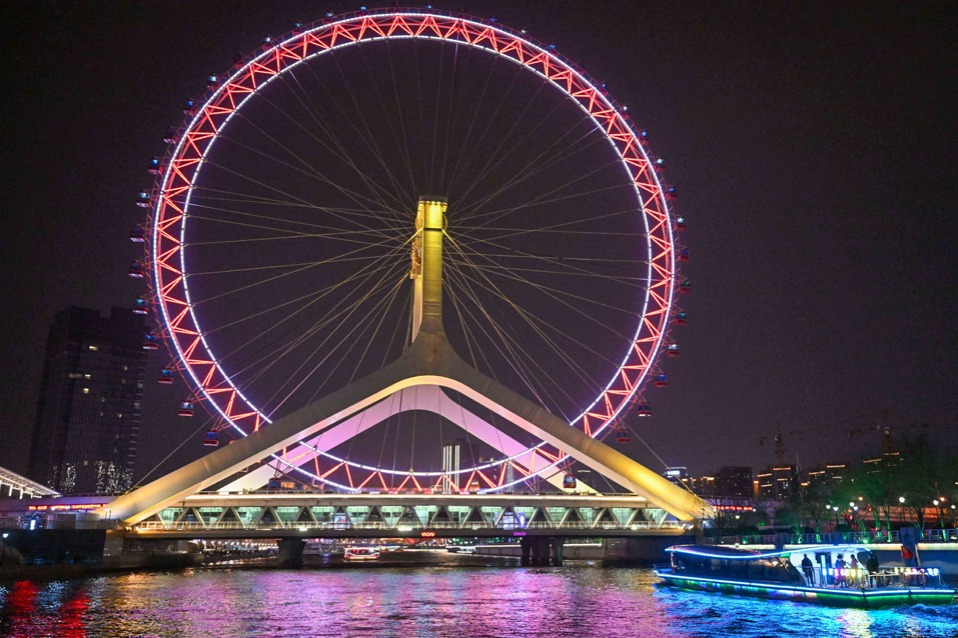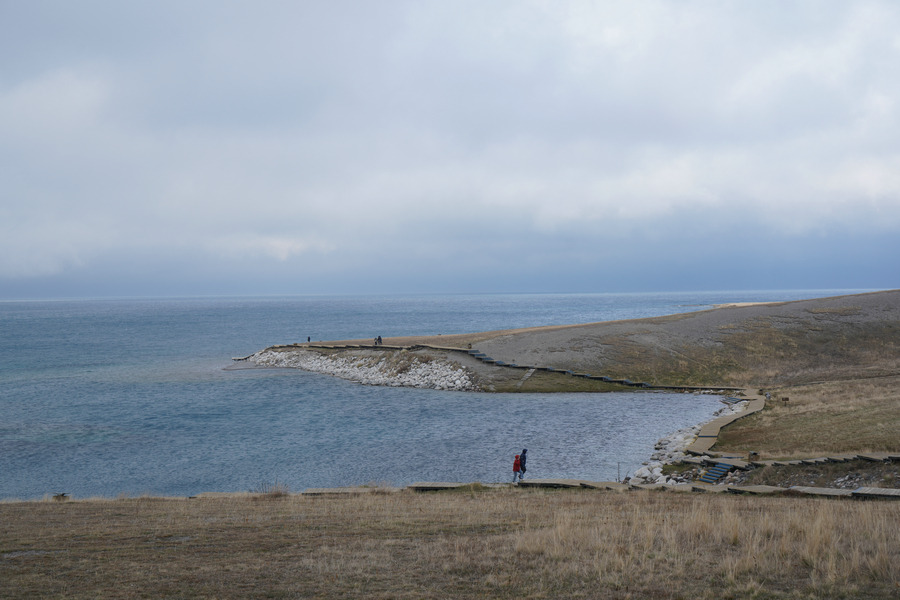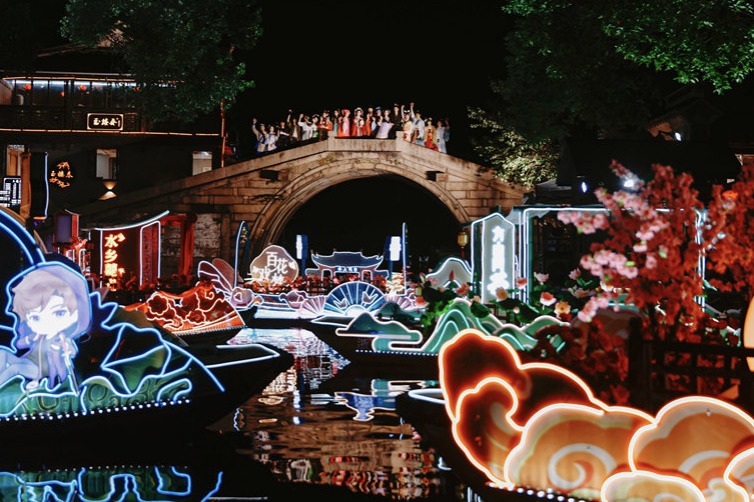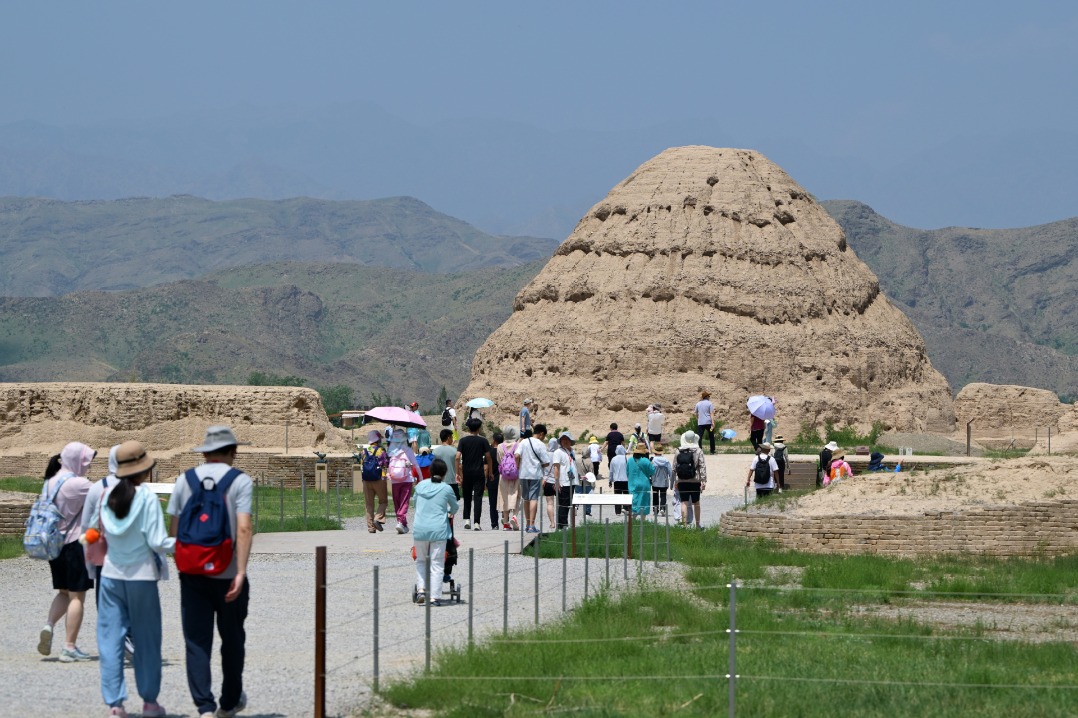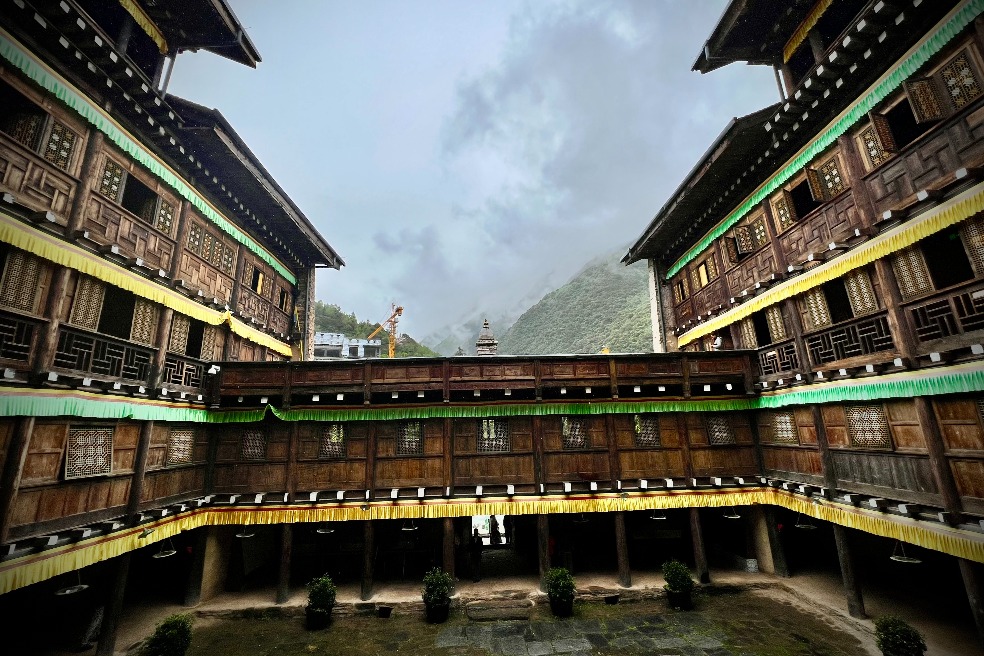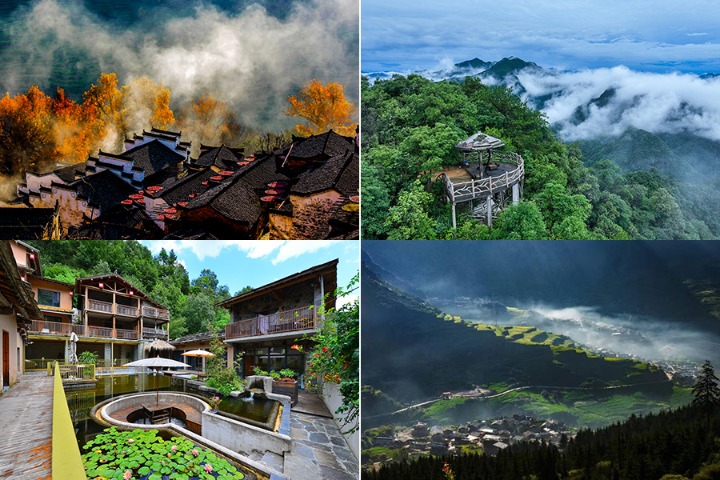A manor of memory, a manner of power


Rooms on the lowest level also reveal how servants slept, ate and labored — and even how they sang, since songs were a feature of farmwork, with specific refrains guiding each task from planting to harvest. These melodies were intended to lift spirits while the rhythms synchronized the tempo of their movements as they toiled in the fields.
Since the staircases functioned as ladders of power, the second story served fundamental administrative functions. It contained the chieftain's reception hall, religious translation office and the main meeting room.
Ordinary servants were forbidden from ascending to the third floor, where the chieftain engaged in daily life and enjoyed leisure. It hosted an opulent banquet hall, a study and an opium room — Red Poppies' title nods to the narcotic's local production. In the Lawsuit Hall, chieftains prioritized mediation over adjudication when handling disputes among subjects.
The chieftain's wives' suite contained a drawing room for meeting top officials from other territories, a "secret conversation room", where the ruler and his spouse could discuss confidential matters, and the leading lady's bedroom.
Higher-ranking officials permitted on the third story included the estate managers, who acted as heads of staff to oversee a system of stewards sometimes likened to a "cabinet" for the manor. A mini bureaucracy of designated officeholders assumed responsibility for overseeing construction, catering and management at Zhuokeji.
The fourth floor has been converted into a showroom of Gyalrong culture, featuring displays that present traditional operas, medicine and attire.

















